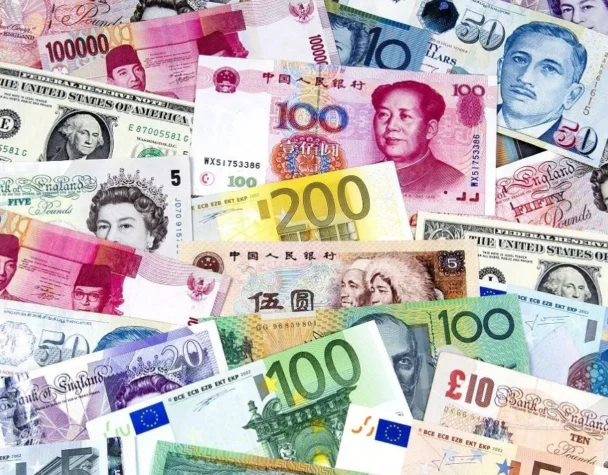
Forex Market Shaken by New U.S. Tariffs: USD Drops as Safe Havens Surge
Thu, April 03, 2025U.S. Tariffs Rattle Global Currency Markets
Global currency markets are reeling in the wake of sweeping new U.S. tariffs announced by President Donald Trump. The surprise imposition of a 10% baseline tariff on all imports, with increased duties targeting specific nations like China and India, has triggered a wave of risk aversion and sent traders scrambling into safe-haven currencies.
The U.S. dollar (USD) fell sharply as investors digested the implications of the tariffs, which threaten to further disrupt global trade and increase inflationary pressures. According to a Reuters poll, market sentiment around the dollar has turned notably cautious, with analysts projecting further weakness if trade tensions escalate.
Safe-haven assets, notably the Japanese yen (JPY) and Swiss franc (CHF), strengthened significantly as global investors sought stability. The yen appreciated nearly 1% against the greenback, reflecting its traditional role during times of geopolitical uncertainty.
Euro, Pound, and Emerging Markets React
In contrast to the dollar’s slide, the euro (EUR) posted gains. Europe’s measured diplomatic response and Germany’s announcement of a €500 billion investment package boosted investor confidence. This economic stimulus, aimed at reviving Europe’s stagnating economy, lent additional support to the common currency. Analysts say the euro could maintain its upward trajectory if the EU avoids retaliatory trade measures and focuses on internal economic reform. (The Times)
Meanwhile, the British pound (GBP) edged higher as the UK government revealed that post-Brexit trade negotiations with the U.S. are in advanced stages. The possibility of a bilateral trade deal could help cushion the British economy from potential fallout.
Emerging market currencies have been hit particularly hard. The Indian rupee (INR) declined in offshore markets after the U.S. announced a hefty 26% tariff on Indian imports. This move has sparked fears of capital outflows and heightened volatility for India’s already pressured economy.
The Australian dollar (AUD) and New Zealand dollar (NZD) also retreated, reflecting their sensitivity to global commodity demand and trade disruption. Both currencies are often seen as barometers of global growth, and their weakness suggests rising investor concern over a possible slowdown.

